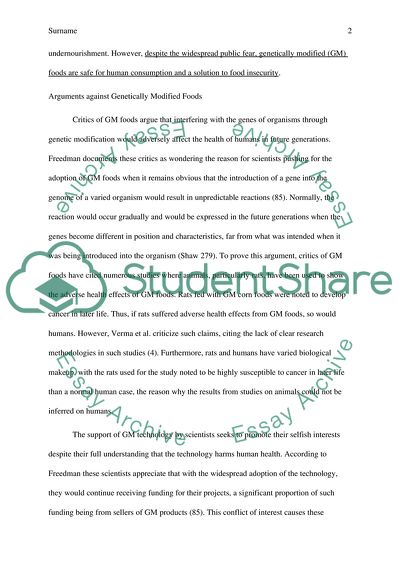Cite this document
(The Science of Keeping Food Safe Research Paper, n.d.)
The Science of Keeping Food Safe Research Paper. Retrieved from https://studentshare.org/health-sciences-medicine/1849488-fits-the-research-paper
The Science of Keeping Food Safe Research Paper. Retrieved from https://studentshare.org/health-sciences-medicine/1849488-fits-the-research-paper
(The Science of Keeping Food Safe Research Paper)
The Science of Keeping Food Safe Research Paper. https://studentshare.org/health-sciences-medicine/1849488-fits-the-research-paper.
The Science of Keeping Food Safe Research Paper. https://studentshare.org/health-sciences-medicine/1849488-fits-the-research-paper.
“The Science of Keeping Food Safe Research Paper”, n.d. https://studentshare.org/health-sciences-medicine/1849488-fits-the-research-paper.


